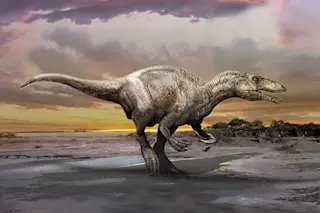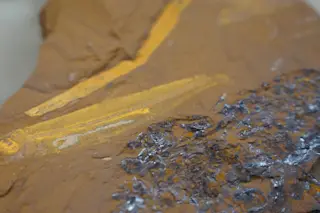Sexy Beast of the Week: Murusraptor barrosaensis, the newest member of the megaraptor gang. The Patagonian predator of 80 million years ago was larger but had a more fine-boned build than other megaraptorids. Credit: Jan Sovak. Want to find some awesome dinosaur species new to science? Head south. South America is clearly the place to be these days, with Patagonian predator Murusraptor barrosaensis the latest intriguingly odd animal to stomp onto the paleoscene. Like fellow Argentine Gualicho shinyae, announced last week, Murusraptor is known from the partial skeleton of a single specimen. And while Gualicho made headlines for its shorty-short forelimbs, Murusraptor is like those models in perfume ads: a leggy mystery that's got people intrigued.
Murusraptor is a large, slender megaraptorid. You may read "raptor" and think oh, velociraptor*, bitey bitey, clever girl, but, while megaraptorids did have big ol' claws, they're not closely related to the stars of ...














